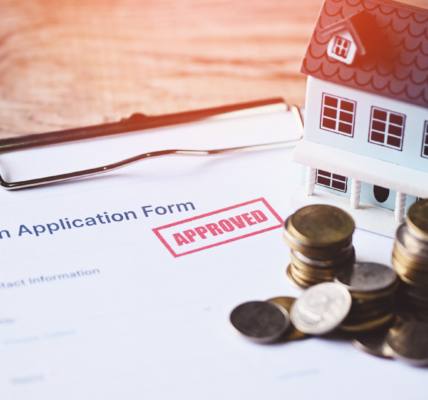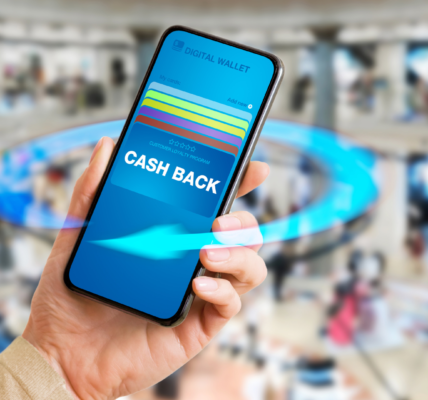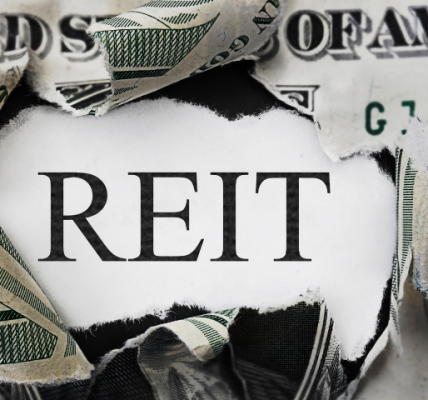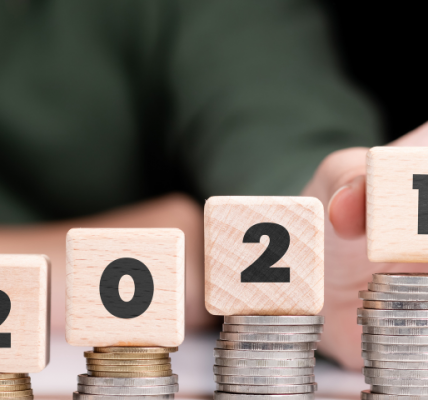Purchasing a CD is like buying a long-term insurance policy for your money. When you buy a CD, you deposit the money, and the bank promises you that your money will be safe, earn interest, and be available when you need it. But a CD has one huge drawback: it locks you in at that rate, and often that rate isn’t high enough. Fortunately, there are a couple of different options for increasing CD rates. The first and easiest option is to simply shop around.
The Federal Reserve raised interest rates for the first time in nearly a decade late last year, but they remain historically low. And the Fed raised them again this month and in December. But does the market know anything? The bond markets seem to think so. And while CD rates might rise, they are not likely to increase by much.
Factors That Affect Its Rates
Before CD rates rise, it’s important to understand the factors influencing interest rates, such as economic growth and inflation. The Federal Open Market Committee (FOMC), which sets U.S. interest rates, tends to base its decision on the state of the U.S. economy. When the economy grows, inflation is usually picking up, and the Fed has to raise interest rates to contain inflation. However, the Fed is very careful not to raise interest rates too fast because raising rates too quickly can stifle economic growth.
Outlook of Investors in Certificate of Deposit
Certificates of deposit, or CDs for short, are an attractive option for many investors. CDs offer higher returns than savings accounts, and your money is protected, though you don’t get to make withdrawals for a certain amount of time. Also, once you put money on a CD, it generally loses its value, so you can’t just withdraw the money when you need it.
A certificate of deposit, or CD, is another type of investment. A CD is a certificate of deposit that you purchase at a bank or credit union and pay for a specific amount of time. Any time you decide to pay it off early or at maturity, you earn interest on the amount still owed.
Types Of CD Good for Investors In 2022
- Bump-up CD – Bump-up CD is a term that is used in the share market world. It refers to an investor purchasing a Financial Year (FY) ticket or a certificate for a financial year. In such a situation, the investor purchases a financial year ticket or certificate by paying the proportionate amount for the financial year in advance. The investor also pays the proportionate amount towards the part of the financial year for which no payout is being made.
- Step-up CDs – Step-up CDs are issued by banks, building societies, credit unions, and state banks, offering higher interest rates than standard CDs. They are generally issued by financial institutions competing to attract deposits by offering higher interest rates and bonuses. Step-up CDs are guaranteed by the Federal Deposit Insurance Corporation (FDIC).
- Liquid CDs – Liquid CDs may be a relatively new investment product, but it offers some advantages over more traditional ones, such as CDs. CDs offer a fixed rate of return and are backed by the full faith and credit of the United States government, but they are not liquid. Liquid CDs, on the other hand, are an investment that is liquid (meaning you can sell them at any time) but offers a fixed rate of return.
- Zero-coupon CD – Zero coupon bonds are fixed-income securities that pay coupons of zero percent. As with most bonds, 0 coupon bonds have a fixed face value but pay no coupon. Investors receive some principal at maturity. Zero coupon bonds pay no interest until maturity but may offer market-rate interest on redemption. Zero coupon bonds pay no coupon until they reach maturity. They pay coupon interest at the time that the bond is issued. Because zero coupon bonds pay no coupon in their first maturity period, they are referred to as zero-coupon bonds. In general, zero coupon bonds carry a higher risk than coupon bonds.
So, most investors believe they will be around four percent (4%) in 2022. Currently, the 10-year Treasury yield is hovering around a low of 2.12 percent. The 10-year Treasury yield is higher than most investors believe will be 4 percent during 2022. The 10-year Treasury yield reached 3.45 percent in June 2015.





